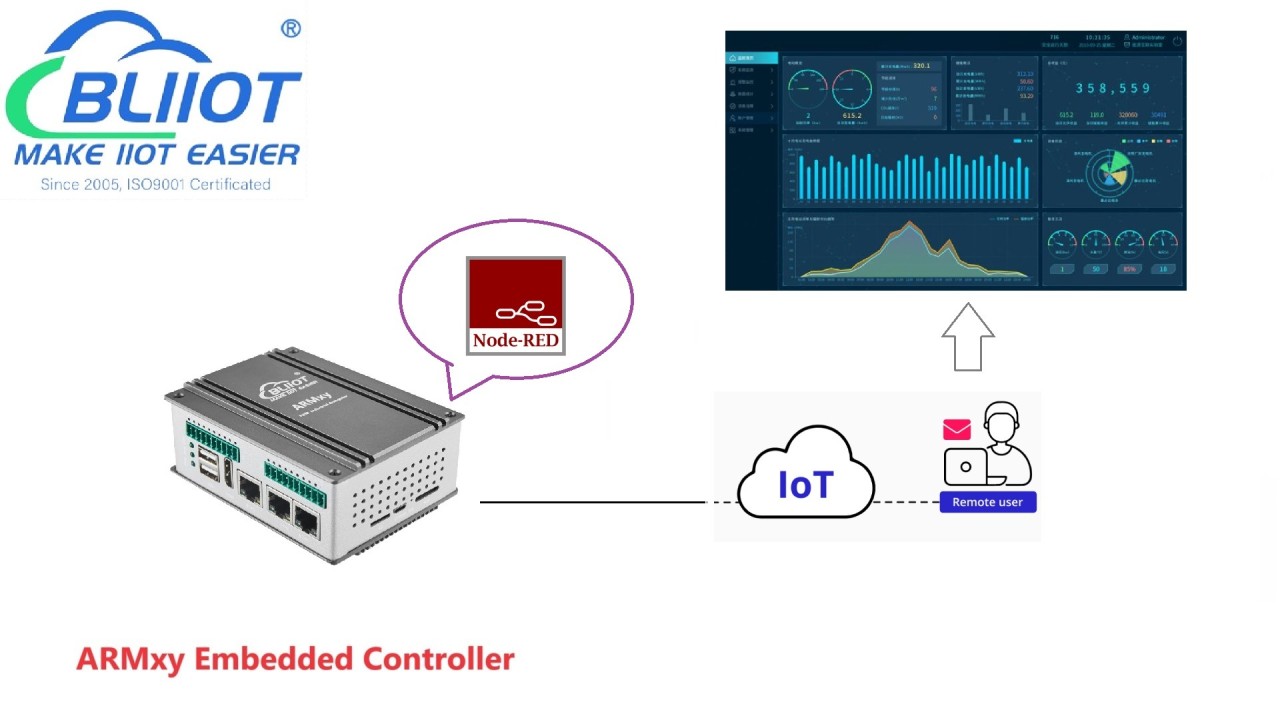What's the Similarities & Differences between PLC and PAC?
Views : 9542
Author : Jeakie
Update time : 2023-05-16 16:11:00
What is a PLC?
PLC stands for Programmable Logic Controller, which is a specialized industrial computer used for automation control systems. PLC is designed to operate in harsh environments and are used to control machinery in manufacturing plants, assembly lines, and other industrial settings.
PLC can be programmed using 5 different languages such as ladder logic, function block diagrams, structure text, instruction list, and sequential charts. These 5 languages are approved and applied as per the IEC 61131-3 standards.
What is a PAC?
PAC stands for Programmable Automation Controller, which is similar to a PLC but has more advanced functionality. PAC combines the capabilities of a traditional PLC with the ability to perform much more complicated tasks and communicate with other devices and systems, making them more flexible and powerful than PLC.
PAC is typically used for more complex automation and control applications in industries such as automotive, aerospace, and power generation. PAC can be programmed using the same 5 languages as PLC but also they can be programmed using C and C++, giving them the ability to handle coding more complex algorithms.
What‘s the Similarities&Differences between PLC and PAC:
PLC and PAC are both used in industrial automation applications.
They have different capabilities and are best suited for different types of applications.
When selecting between PLC and PAC, it is essential to consider the specific requirements of the application.
PLC typically used in discrete control applications that have a relatively simple control system.
PAC used in process control applications that have a complex control system and require advanced algorithms and optimization functions.
PLC stands for Programmable Logic Controller, which is a specialized industrial computer used for automation control systems. PLC is designed to operate in harsh environments and are used to control machinery in manufacturing plants, assembly lines, and other industrial settings.
PLC can be programmed using 5 different languages such as ladder logic, function block diagrams, structure text, instruction list, and sequential charts. These 5 languages are approved and applied as per the IEC 61131-3 standards.
What is a PAC?
PAC stands for Programmable Automation Controller, which is similar to a PLC but has more advanced functionality. PAC combines the capabilities of a traditional PLC with the ability to perform much more complicated tasks and communicate with other devices and systems, making them more flexible and powerful than PLC.
PAC is typically used for more complex automation and control applications in industries such as automotive, aerospace, and power generation. PAC can be programmed using the same 5 languages as PLC but also they can be programmed using C and C++, giving them the ability to handle coding more complex algorithms.
What‘s the Similarities&Differences between PLC and PAC:
PLC and PAC are both used in industrial automation applications.
They have different capabilities and are best suited for different types of applications.
When selecting between PLC and PAC, it is essential to consider the specific requirements of the application.
PLC typically used in discrete control applications that have a relatively simple control system.
PAC used in process control applications that have a complex control system and require advanced algorithms and optimization functions.
















